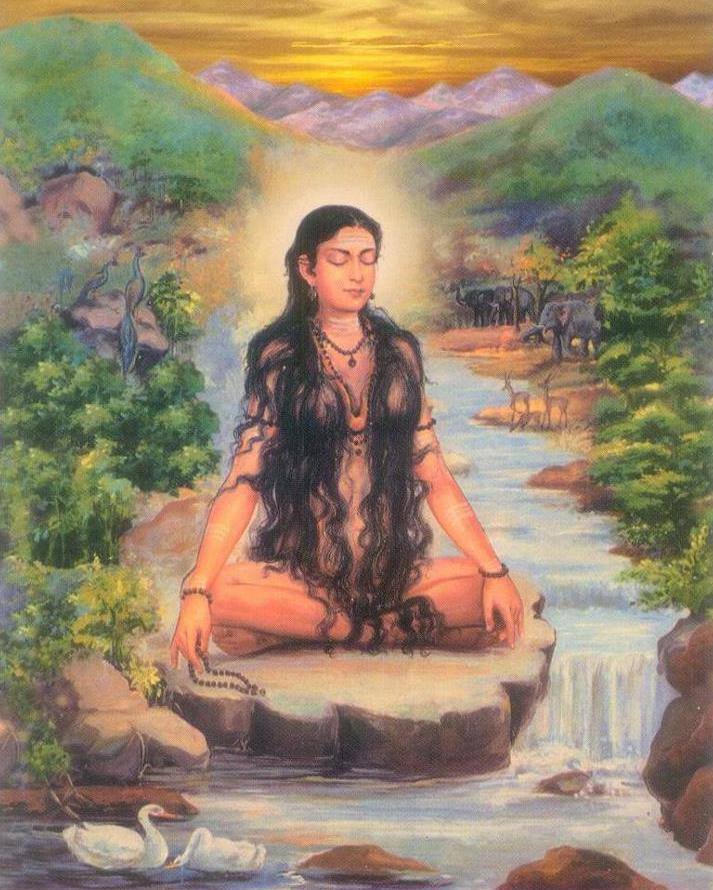For some reason the bhakti poetry of Lal Ded, (also known as Lalla and as Lalleshwari), always resonates deep in my heart.
Some, who have closed their eyes, are wide awake.
Some, who look out at the world, are fast asleep.
Some who bathe in sacred pools remain dirty.
Some are at home in the world but keep their hands clean.
Lal Ded / Lalleshwari
from I, Lalla: The Poems Of Lal Ded (Penguin Classics) – Ranjit Hoskote.

It speaks to me of this mysterious relationship between appearances and the unborn. In particular, of how appearances operate at their level, and yet this naked awareness remains untarnished by anything that arises. Karma (and a myriad other explanations) serves to explain how ‘this’ impacts ‘that’, how the endless appearances impact on each other, how choices impact on experiences. What appears is not random, but has some relation to what arose previously.
Over years of practice we develop a keen sense of this chain of conditions – dependent origination in the Buddhist tradition. In years of Theravada practice I saw each element arise in dependence on the last, each more subtle than the last, until experience itself dropped away – cessation / nirodha samapatti. Then watched the system (of mind) boot up afresh, with dependent origination mapping each element in turn.
Yet resting in non-dual awareness, this naked, empty pristine knowingness – there’s nothing really there. Nothing remotely tangible. Appearances seem to arise. Dream like. Like a mirage. A shadowplay. Illusory. It’s so clear why those metaphors are used. Yet the metaphors barely hint that just how transparent experience is, and how it never remotely leaves the unborn, empty, spacelike awareness, that is so far beyond appearing, so far beyond time and space, so far beyond any description whatsoever.
Rest in that pristine purity beyond arising, and clearly nothing is there, nothing at all is happening, nothing remotely causal takes place ‘there’. It remains beyond all, beyond all description, beyond time and space.
And yet. And yet!
Self-arising, self-liberating appearances
These dreamlike appearances dance and express, and weave mysterious patterns of ebb and flow. Of this and that. And somehow it coheres, in its own way. The story without a storyteller weaves its magic, and it feels like it’s the way it is, the way it must be. Perfectly this way. The Great Perfection.
Utterly still and silent. Timeless.
Yet perfectly cohering appearances, flowing ever onwards. Self-arising. Self-liberating.
Yet even with the teachings around choices impacting experiences – look deeply, and where is the choice? Just a magical display, that adorns this naked awareness. Where I appear to make a choice, it happens after the fact, like a postscript … a writer who can’t keep up with the story that unfurls.
As Lal Ded points to the relation between this endless dreamlike display, and the utterly indescribable emptiness which births and embraces it in its vastness – how mysterious it is, yet how perfectly just so it is.
Lal Ded was a 14th century mystic in the Nondual Shiva Tantra tradition (which is also known as Kashmir Shaivism). I’d heartily recommend Ranjit Hoskote’s book referenced above, with its beautiful translations of her songs.

Original source: Penguin Classics
